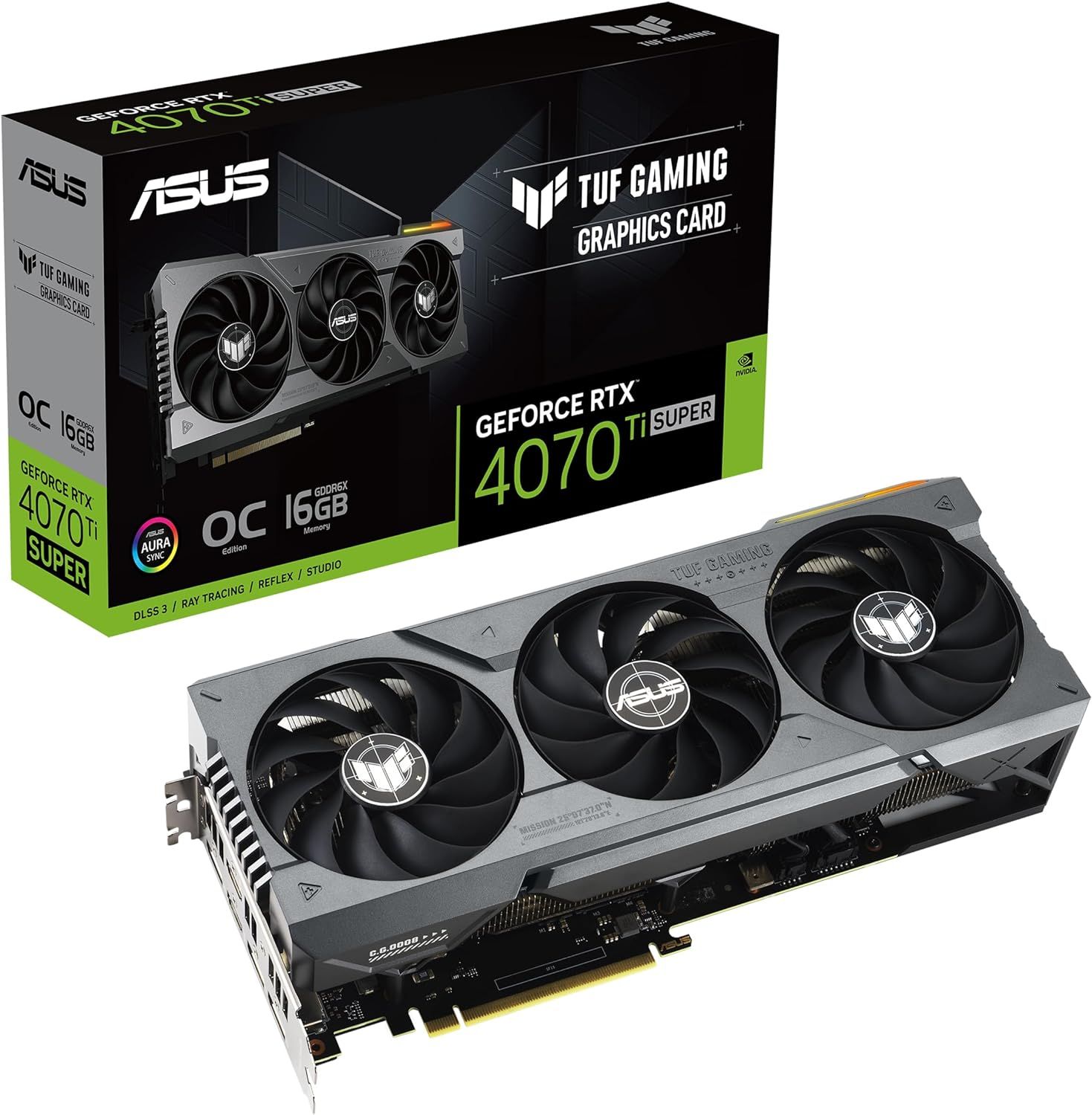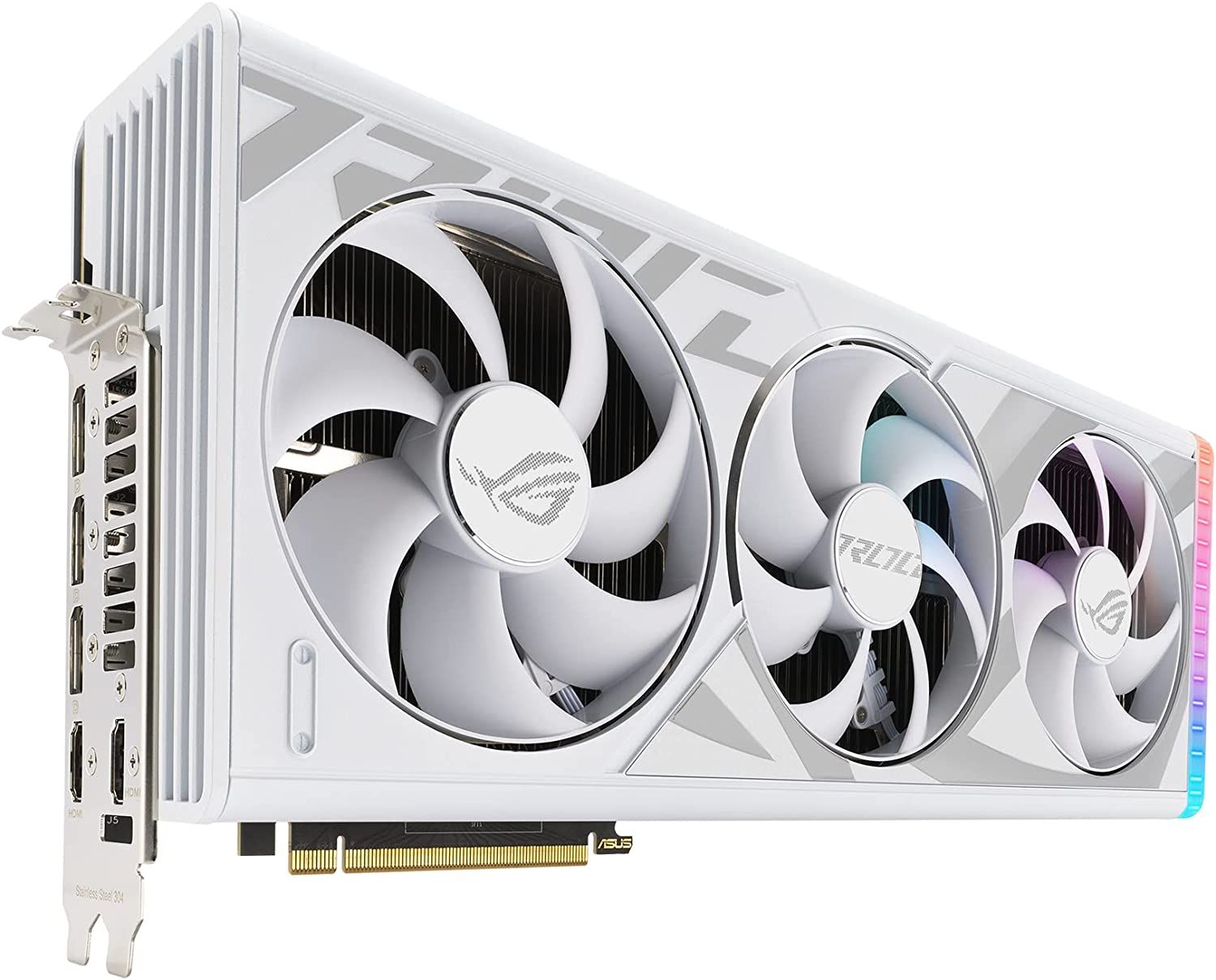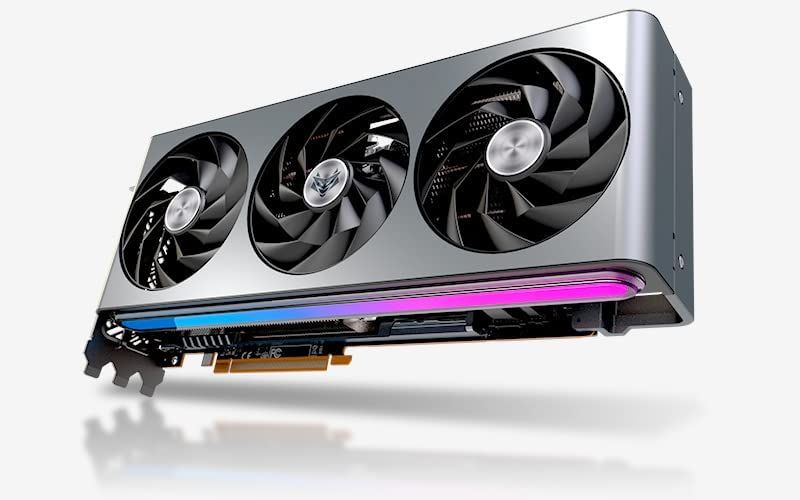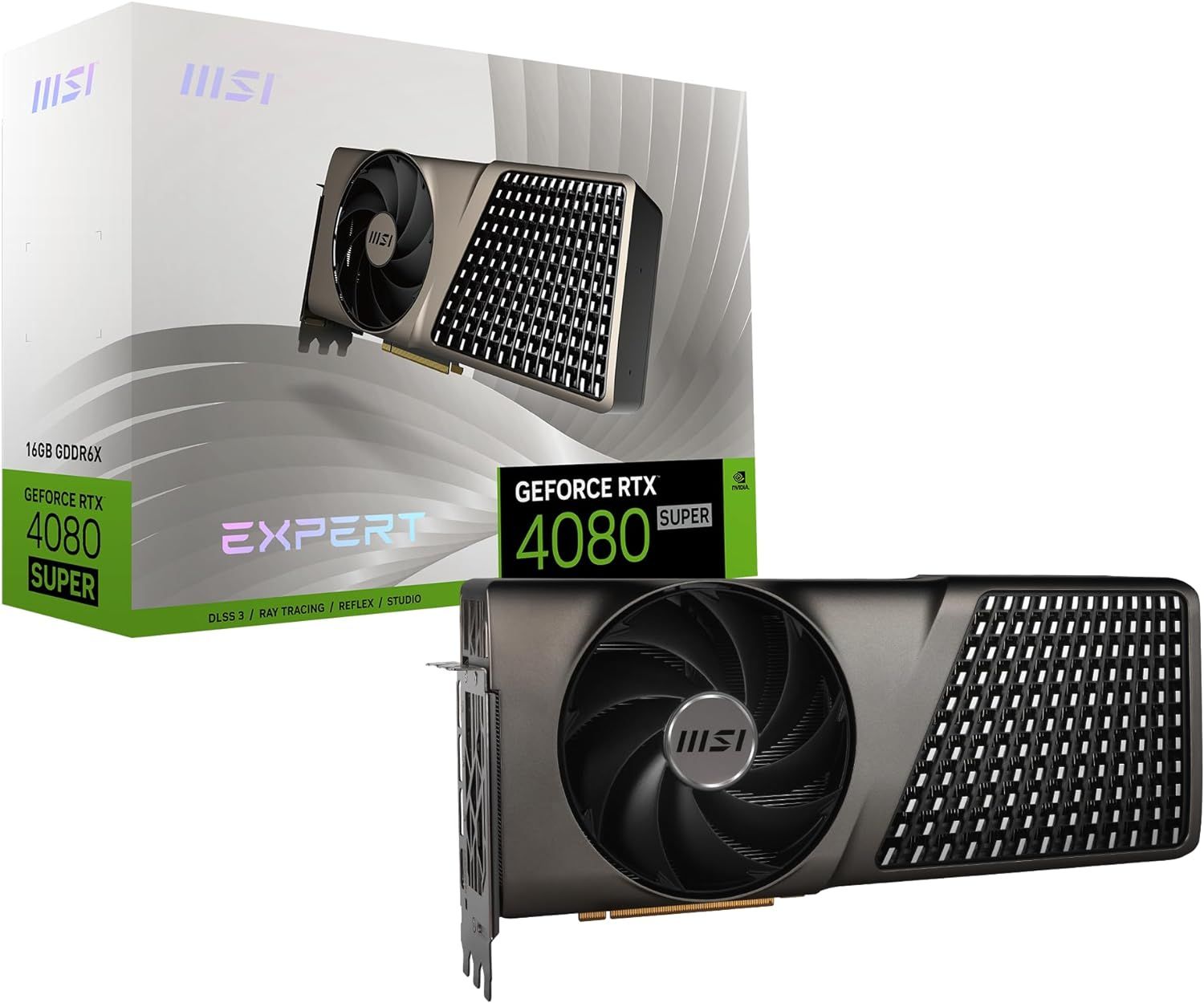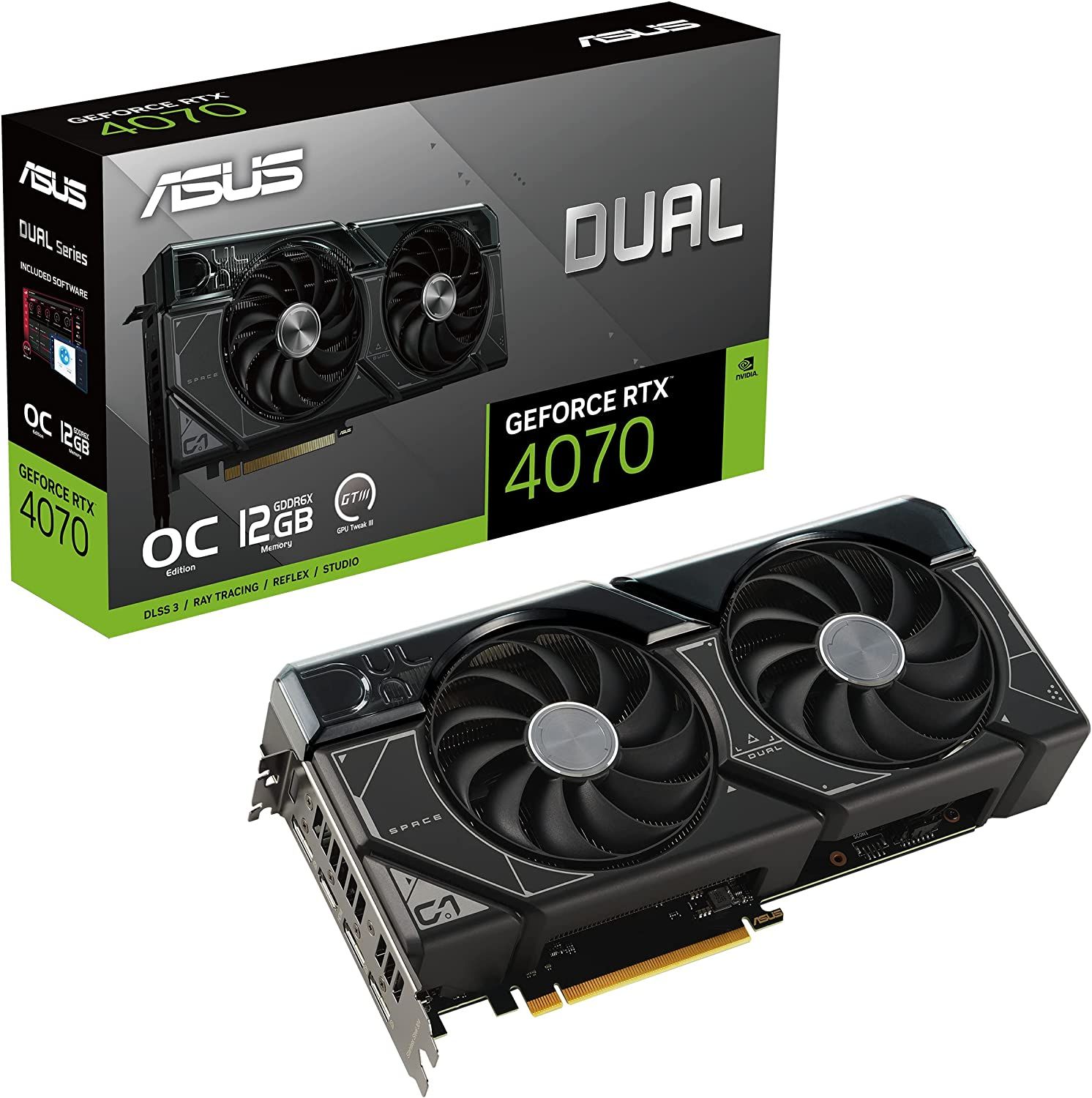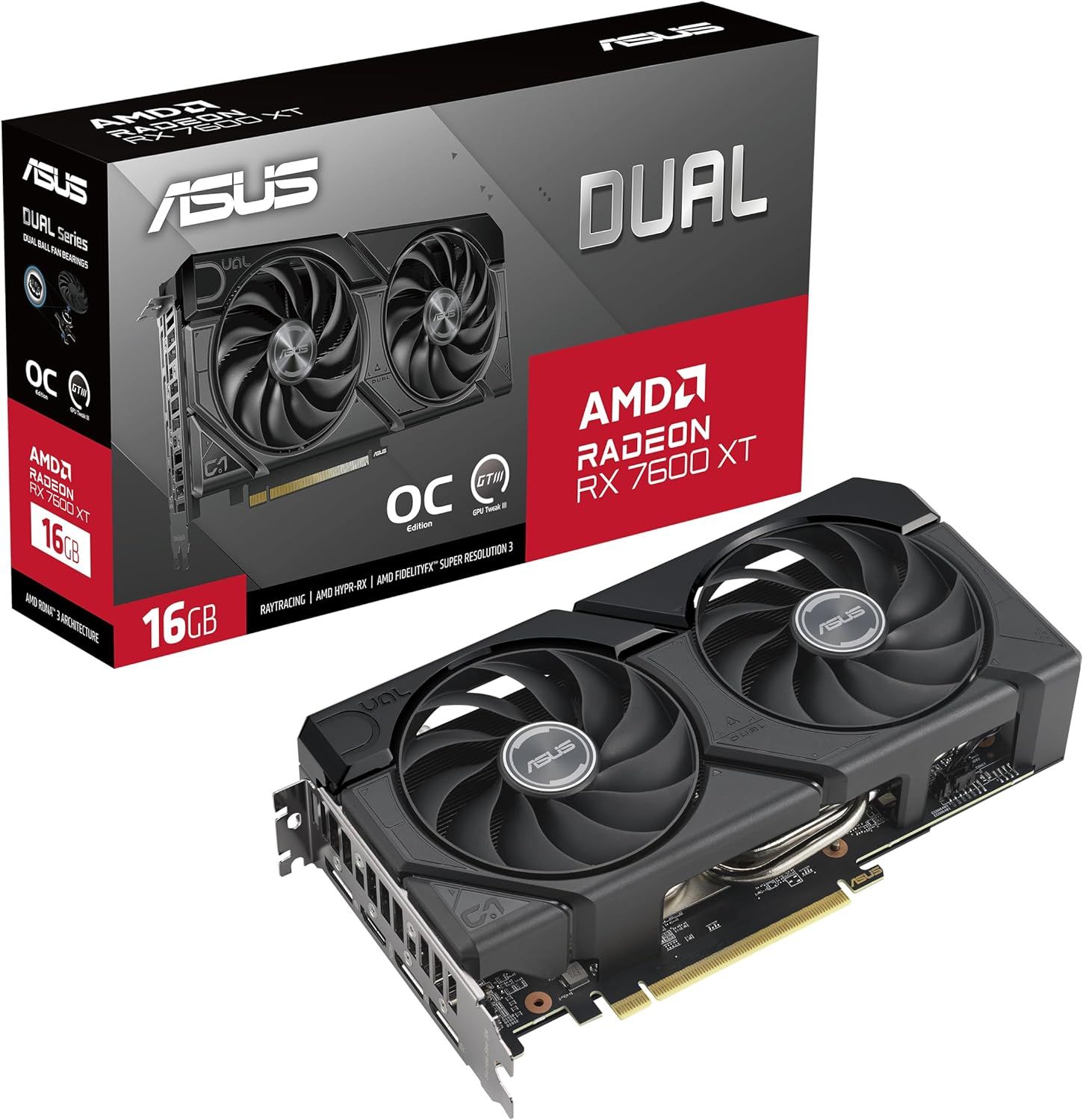Modern GPUs are crucial for a wide variety of tasks, including video editing, completing office work, and gaming. This has resulted in Nvidia, AMD, and, to a lesser extent, Intel, offering GPUs at a variety of price tiers, including some that cater to general-purpose use, workstations, and data centers.
All of these come with pros and cons of their own but consumer-grade GPUs continue to get increasingly more capable and can compete at all but on the most specific purpose-built workloads available, often exclusively on enterprise-grade hardware. This has not gone unnoticed with users working at different performance tiers and different requirements increasingly picking up an off-the-shelf solution for their video editing needs.

Best Laptops for Video Editing in 2024
Find the perfect blend of power and precision with our top picks for video editing laptops, designed for creators of all levels.
How to Pick the Best GPUs for Video Editing
While most modern GPUs that can game can also handle video editing, some of them are better equipped for the latter than the former. This is due to multiple factors, which you should consider before making a purchase:
- Dedicated GPU VRAM on offer
- Sustained thermal performance when under load
- Efficiency in terms of performance per watt
- Dedicated hardware encoders and decoders on offer
The Best GPUs You Can Get For Video Editing in 2024
For users needing a powerful GPU that excels at video editing without breaking past the $1000 barrier, the RTX 4070 Ti SUPER is hard to beat with the nearest competition coming from the pricier RX 7900 XTX and RTX 4080 SUPER, both of which have aftermarket SKUs that tend to cross that range handily. The ASUS TUF Gaming GeForce RTX 4070 Ti Super OC offers all the advantages Nvidia's newer GPU does but throws in a beefy air cooler with a vapor chamber as well.
The TUF RTX 4070 Ti Super OC is more than just a cool customer however, thanks to it sporting some of the best cooling in the business. ASUS throws in a significantly higher boost clock for the $50 premium it charges over the stock option. It also should be able to handle any video editing tasks fairly well, given Nvidia's increased focus on encoding toward the higher end of the spectrum pays off thanks to GPUs such as the RTX 4070 Ti (and SUPER) and higher-end cards having dual NVENCs on offer as well as extensive decoding support.
The TUF's larger cooler does have a drawback that could be a limiting factor for some users: it is a chunky GPU for its performance class, especially when smaller alternatives are available for the same GPU, including a Dual-fan OC model from ASUS that is easier to fit in most builds in 2024.

The Best RTX 4070 Ti SUPER GPUs
Nvidia's RTX 4070 Ti SUPER is now out in force. Here are some of the best models you can buy in 2024!
For users wanting the fastest consumer-grade GPU for their video editing needs, there isn't much that can hold a candle to the RTX 4090. The ASUS ROG Strix GeForce RTX™ 4090 White OC builds on that success by offering excellent power delivery for overclockers and tweakers and a high-performance cooler. Together, they allow for higher boost clocks than the competition even as the RTX 4090's 16,384 CUDA cores make short work of all but the most demanding video editing workloads in 2024.
It comes well-endowed in the VRAM department with 24GB of GDDR6X memory on offer that allows it to be used for a wide variety of tasks beyond the most grueling video editing tasks users can push it to do. It does, however, trade at a significant premium versus other RTX 4090s, which can often be found at an order of magnitude cheaper than ASUS's high-tier offering.
This does ironically mean that competition for users looking for an excellent alternative ASUS RTX 4090 SKU comes from its own TUF lineup of GPUs that come close to the ROG Strix in terms of performance, even if they fall slightly short when it comes to the looks and RGB lighting department. Users wanting to go with the best, however, can stay the course with the ROG Strix, but should plan ahead when it comes to case size. The ASUS ROG Strix GeForce RTX™ 4090 occupies 3.5 slots and will not fit in most mATX or ITX cases easily.
For users looking to get the best of the best when it comes to Team Red, the Sapphire AMD Radeon NITRO+ RX 7900 XTX Vapor-X is a hard contender to beat. Unlike the stock unit that had issues with thermals, Sapphire's take offers one of the best coolers out of the box for AMD's finest GPUs, and a premium price tag to go with it, considering most other RX 7900XTX competitors can be found at a lower, sub $900 price tag.
The Nitro+ leverages a vapor chamber and offers a significant cooler redesign over its predecessors to retain its lead, allowing it to boost higher than the competition while running cooler than most, if not all, of them at similar clocks. AMD's offering means that users can benefit from 24GB of fast GDDR6 RAM at a sub-$1k price tag that could be beneficial for users looking to edit high-resolution video content regularly on a GPU that holds its own easily versus the competition in rendering tasks as well.

Best AMD GPUs for Gaming in 2024
AMD has some powerful gaming GPUs and here are the best ones you should take a look at.
For users wanting an RTX 4080 or an RTX 4080 SUPER for their video editing needs, the MSI GeForce RTX 4080 SUPER EXPERT is a solid choice with a premium design that builds on the Founders Edition's theme with higher boost clocks in tow. Despite the nearly $130 premium it charges over its stock option, it is still significantly cheaper than most RTX 4080 SKUs out there, while not being the most expensive RTX 4080 SUPER model on offer at the time of writing.
The RTX 4080 SUPER leverages its 10,240 CUDA cores to power through most video editing workloads with ease, and flexes 16GB of fast GDDR6X VRAM for users needing a powerful option in 2024. It does, however, trade blows with the AMD RX 7900XTX GPU that can be found for $100-200 cheaper depending on the SKU in play, even as the latter throws in another 8GB of VRAM into the mix.
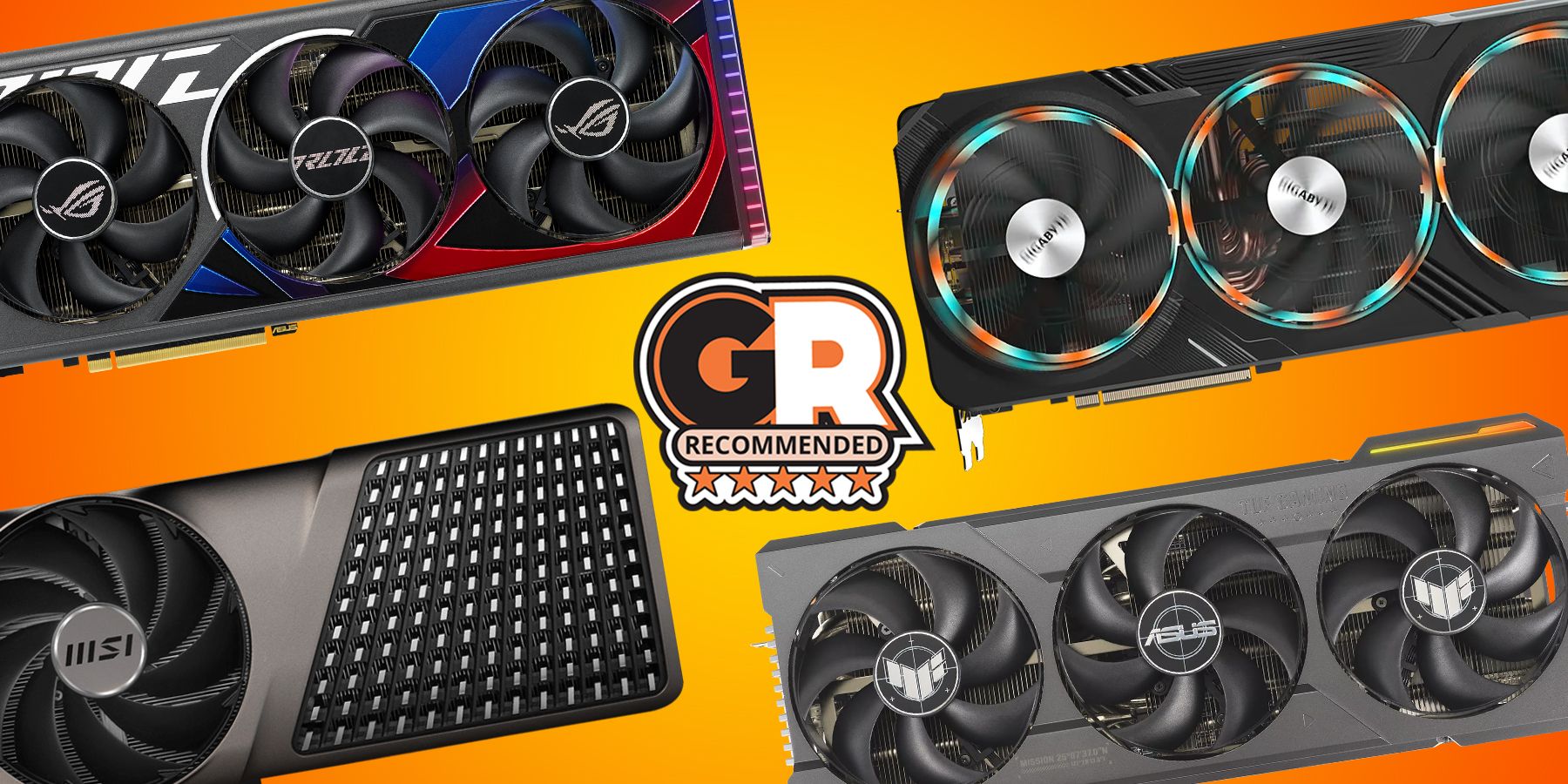
The Best RTX 4080 SUPER GPUs in 2024
Nvidia is upping the ante by addressing some of the major complaints about the RTX 4080 with the Super. Here are the best models in 2024.
For users on a stricter budget, the ASUS Dual GeForce RTX 4070 OC Edition delivers the goods compared to most of its competition with ease. It offers a decent factory overclock and a compact shape that makes it useable in a variety of existing PC builds. Unlike other higher-end Nvidia RTX 4000 series GPUs, the RTX 4070 is powered by a single 8-pin connector which removes the need for a bundled adapter.
The Dual OC from Asus costs $10 more than Nvidia's stock offering, but throws in a better cooler in terms of thermals and noise, both of which are crucial when it comes to users leveraging a GPU for video editing. While the 12GB of VRAM is GDDR6X, it does come with a 192-bit wide bus, which could be a limiting factor when it comes to 4K renders and video edits, the RTX 4070 offers excellent value for money. At its current price point, it also suffers from slightly more limited availability versus the RTX 4070 SUPER that replaced it earlier this year.
For users needing a cheaper entry-level GPU, the ASUS Dual Radeon RX 7600 XT OC checks multiple boxes while offering twice the VRAM on offer as its nearest Nvidia-based competitor. It comes with an adequate cooler and middling performance for its price class. Much like the RTX 4070 above, it is powered by a single 8-pin connector and is relatively compact with a 2.5-slot form factor.
It also offers dual BIOS out of the box, which can be handy for users looking to run the RX 7600 XT in a variety of environments, even as it comes with a decent factory overclock in its OC mode. With 16GB of VRAM, this is a relatively future-proof entry-level GPU compared to competing RTX 4060 (and to a lesser extent RTX 4060Ti) GPUs, even as it holds its own versus older GPUs that also compete in the same price bracket in 2024.

Nvidia vs. AMD: Which Graphics Cards are better?
Team Red vs Team Green face off in a comparison that examines their raw power, efficiency, software & driver support, and value for money
FAQ
Q: How Much VRAM Should I Get To Edit Videos?
When it comes to VRAM requirements for editing videos, a simple rule of thumb applies: the higher the better. Users should target GPUs that have 12GB or more of VRAM if they are aiming to edit videos as a primary function of the GPU.
Q: Is the CPU more important than the GPU for video editing?
Most video editing tasks tend to be bottlenecked by a CPU's performance as opposed to a GPU's given how powerful modern GPUs are. This varies from task to task and the underlying software being used, though.
There is, however, increased focus now in play on GPU performance indicating a change in requirements in general with a balance between the CPU and the GPU being crucial for video editing performance without bottlenecks in play.

